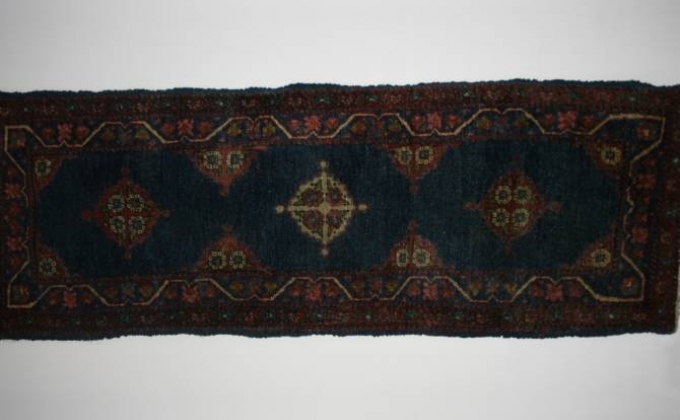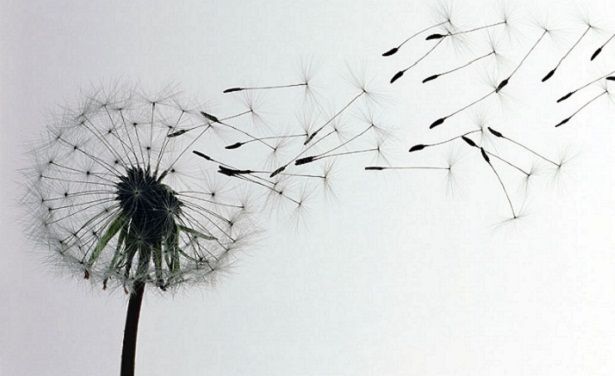Beirut-Armenian family donates valuable carpet to Armenian Genocide Museum-Institute

This exclusive carpet has been donated to the Armenian Genocide Museum-Institute through the efforts of Asbed Hamalian (testator) and the Embassy of Armenia in Lebanon, in accordance with the will of Beirut-based Armenian doctor Hrayr-Meguerditch Srapian. With this donation, the donator attached importance to the preservation of the memory of the Armenian Genocide and its transmission to the generations.
As reported the official website of the Armenian Genocide Museum-Institute, this Hamadan type of carpet was made in 1925 by the girls of the orphanage in Ghazir. Their homologous carpet was donated to U.S. President Calvin Coolidge as a sign of gratitude to the American people for their assistance to the Armenians. In the 1920s, nearly 1,400 Armenian orphans took shelter at the orphanage in Ghazir after having escaped the genocide. Among other crafts, they also learned how to make carpets. Between 1923 and 1930, more than 3,000 carpets were made, and nearly 1,000 Armenian orphan girls would receive certificates.
The carpet belonged to the Beirut-based Srapians and had been kept as a relic for over 90 years. The donator’s father is Armenian Genocide survivor Hovhannes Srapian (father’s name: Hagop, born in 1899), who was deported from his native Huseinik village (state of Kharberd) in 1915. After escaping the massacres, Hovhannes settled in Aleppo and later in Beirut. He worked as a dentist at various orphanages of the Near East Relief, including at the orphanage in Ghazir.




 Արևելահայերեն
Արևելահայերեն Արևմտահայերեն
Արևմտահայերեն Русский
Русский






